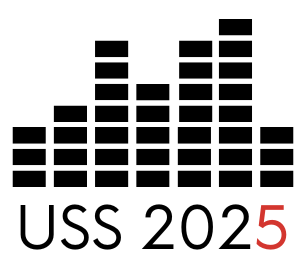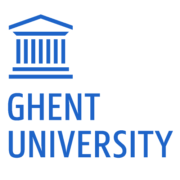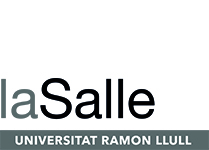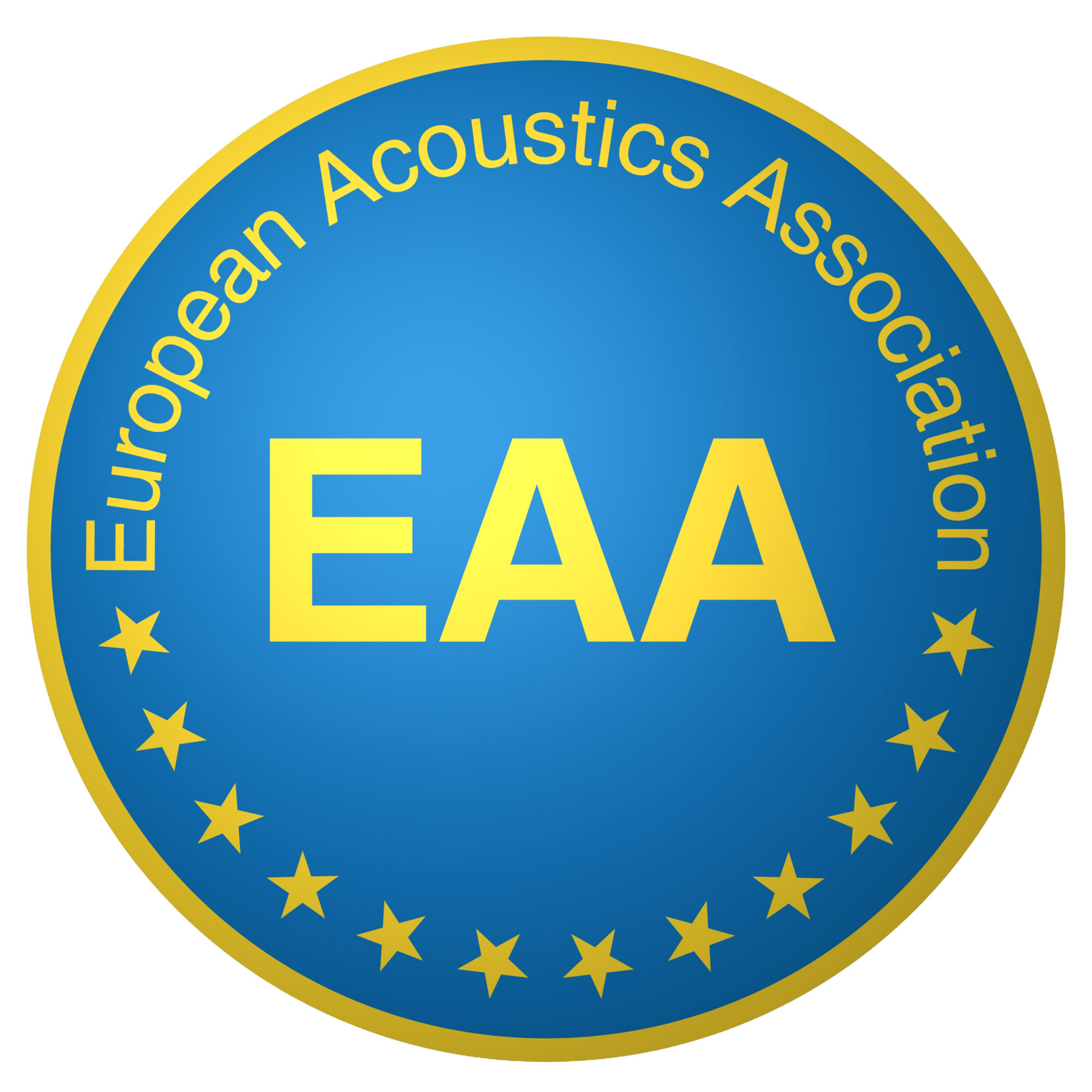Urban Sound Symposium
April 19-21, 2023
Plenary program overview
The symposium will take place on three days; each day is dedicated to a separate topic:
- Wednesday, 19 April 2023: Health & Noise, Social aspects of noise exposure, Urban biodiversity
- Thursday, 20 April 2023: Techniques and technologies
- Friday, 21 April 2023: Noise Policy and urban sound planning
The program of the symposium is shown below.
Wednesday, 19 April 2023 – Health & Noise, Social aspects of noise exposure, Urban biodiversity
| Time | Title | Speaker(s) | Type |
|---|---|---|---|
| 13:00 | Welcome by the local organizer | Rosa Maria Alsina Pagès (Universitat Ramon Llull, LaSalle Barcelona, Spain) | Welcome |
| 13:15 | Welcome and brief introduction of the program | Dick Botteldooren (Ghent University, Belgium), Jian Kang (University College London, UK) | Welcome |
| 13:30 | Urban sound and health in an exposome context | Jenny Selander (Karolinska Institutet Stockholm, Sweden) | Talk |
| 14:15 | Inequity in urban noise exposure | Catherine Guastavino, Christopher Trudeau (McGill University, Canada) | Talk |
| 15:00 | Break & poster session | ||
| 15:30 | Noise impact on urban biodiversity | Mike Woods (University of Salford) | Talk |
| 16:15 | Hearing deficits and natural soundscapes | Christian Lorenzi (L'École normale supérieure Paris, France) | Talk |
| 17:00 | Urban sound for all | Dick Botteldooren, Catherine Guastavino, Christian Lorenzi, Jenny Selander, Francesco Aletta | Panel discussion |
| 20:00 | Joint congress dinner |
Thursday, 20 April 2023 – Techniques and technologies
| Time | Title | Speaker(s) | Type |
|---|---|---|---|
| 09:00 | Machine listening as a tool for urban sound monitoring | Mark Plumbley (University of Surrey, UK) | Talk |
| 09:45 | Participatory monitoring | Arnaud Can (Université Gustave Eiffel, France) | Talk |
| 10:30 | Monitoring-based urban sound control | Rosa Maria Alsina Pagès (LaSalle Barcelona, Spain) | Talk |
| 11:15 | Break & poster session | ||
| 11:45 | Early Career Professionals in Sound (ECP-S) | Edda Bild (McGill University, Canada) | Discussion |
| 12:30 | Real world noise intervention studies | Tony Leroux (Université de Montréal, Canada) | Talk |
| 13:15 | Lunch | ||
| 14:00 | Urban sound in virtual reality | Michael Vorländer (RWTH Aachen University, Germany) | Talk |
| 14:45 | Audiovisual interactions in environmental sound perception | Timothy Van Renterghem (Ghent University, Belgium) | Talk |
| 15:30 | Break & poster session | ||
| 16:00 | Artistic sonic knowledge of urban spaces | Lisa Hall (University of the Arts London, UK) | Talk |
| 16:45 | Co-creation in urban sound | Nicola Di Croce (Università Iuav di Venezia, Italy) | Talk |
| 17:30 | Sound art demonstration | Stijn Dickel (aifoon, Belgium), Michiel Huijsman (Soundtrackcity, Amsterdam) | Demo |
Friday, 21 April 2023 – Noise policy and Urban sound planning
| Time | Title | Speaker(s) | Type |
|---|---|---|---|
| 08:30 | Living together in urban sound | Edda Bild (McGill University, Canada) | Talk |
| 09:15 | Soundscape restorativeness | Sarah Payne (University of Surrey) | Talk |
| 10:00 | Anatomy of a noise complaint | Ruth Bernatek (University of Oxford) | Talk |
| 10:45 | Break & poster session | ||
| 11:15 | Noise policy in cities : planning tranquil spaces in Antwerp | Raf Verbruggen (city of Antwerp, Belgium) | Talk |
| 11:45 | Aural diversity | John Drever (University of London) | Talk |
| 12:15 | Challenges of the noise management in Barcelona: using data to support planning policies | Javier Casado (Barcelona City Council) | Talk |
| 12:45 | Urban sound : Quo vadis? | Jian Kang, Jean Marc Wunderli, André Fiebig, Dick Botteldooren, Edda Bild | Panel discussion |









